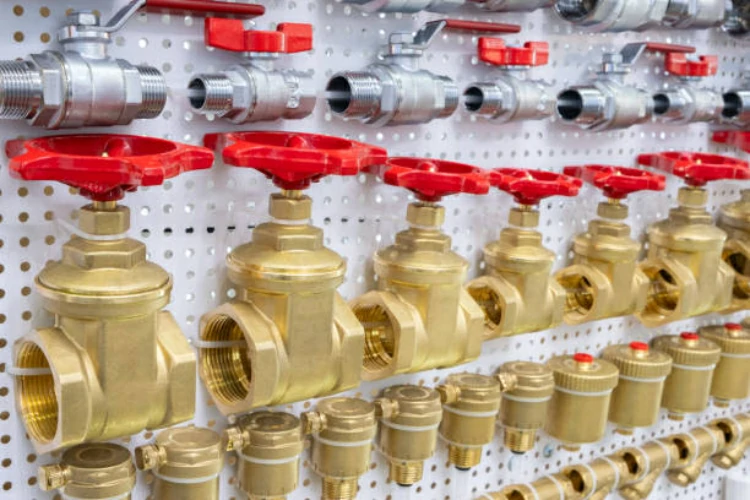Brass ball valves are vital components in fluid control systems, offering reliable performance in various industrial, commercial, and residential applications. However, like any mechanical device, they may encounter issues requiring emergency repairs and troubleshooting. In this article, we’ll explore effective methods for addressing common problems and ensuring the smooth operation of brass ball valves.
1. Identifying Common Issues
1.1 Leakage Problems
- External Leaks: Check for visible leaks around the valves body, stem, or connections, indicating potential damage or loose fittings.
- Internal Leaks: Conduct pressure tests to identify internal leaks caused by worn seals or damaged components.
1.2 Operational Malfunctions
- Stem Binding: If the valve’s stem becomes difficult to turn or binds during operation, it may indicate debris accumulation or misalignment.
- Handle Issues: Inspect the valves handle for cracks, breaks, or looseness, which can affect its ability to control fluid flow.
2. Emergency Repair Techniques
2.1 Sealing Solutions
- Tightening Connections: Use appropriate tools to tighten loose fittings or connections, ensuring a secure seal and preventing leaks.
- Seal Replacement: If seals or gaskets are damaged, replace them promptly to restore the valve’s integrity and prevent further leakage.
2.2 Clearing Blockages
- Flushing Procedures: Flush the valve and connected pipelines with clean water to remove debris, sediment, or foreign objects obstructing the flow path.
- Manual Clearing: If necessary, disassemble the valves and manually remove any obstructions using non-abrasive tools to avoid damaging internal components.
3. Troubleshooting Methods
3.1 Stem Adjustment
- Alignment Checks: Verify the alignment of the valves stem with the ball and housing to ensure smooth operation and prevent binding.
- Lubrication: Apply a small amount of compatible lubricant to the stem to reduce friction and facilitate easy movement.
3.2 Handle Replacement
- Handle Inspection: If the valves handle is damaged or malfunctioning, replace it with a new one to maintain proper control over fluid flow.
- Proper Installation: Ensure the handle is installed correctly and securely to the valve stem to prevent slipping or detachment during operation.
Conclusion
When faced with emergency repair situations or troubleshooting challenges involving brass ball valves, it’s crucial to act swiftly and methodically to minimize downtime and prevent further damage. By identifying common issues, implementing appropriate repair techniques, and conducting thorough troubleshooting procedures, you can effectively address problems and restore the functionality of brass ball valves. Remember to prioritize safety and follow manufacturer recommendations throughout the repair and troubleshooting processes to ensure optimal results. With the right knowledge and proactive approach, you can maintain the reliability and performance of brass ball valves in various applications for years to come.
Contact
IFANPLUS is a specialized product series launched by IFAN, primarily covering plastic pipes, fittings, and various types of valves. We offer PPR and PVC pipes in German and American standards, ensuring the high quality and reliability of our products. IFANPLUS valve products include a variety of valves, from PPR valves to other diverse copper valves, catering to your specific requirements. Whatever product you need, IFANPLUS will be your reliable partner. Here is our contact information.
We will reply your email or fax within 24 hours.
You can call us at any time if there is any question on our production.
For more information,pls visit our webside https://www.ifanplus.com/
Pls Mailto: [email protected]






